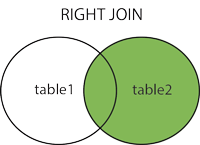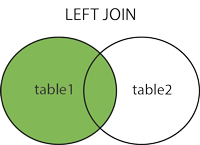Join Operation
We can combine the columns from two or more tables by using some common column among them by using the join statement.
Example
IDLE :
To Display the tables:
SQL INNER JOIN Keyword
The INNER JOIN keyword selects records that have matching values in both tables.
INNER JOIN Syntax
SELECT column_name(s)
FROM table1
INNER JOIN table2
ON table1.column_name = table2.column_name;
SELECT column_name(s)
FROM table1
INNER JOIN table2
ON table1.column_name = table2.column_name;SQL Self Join
A self join is a regular join, but the table is joined with itself.
Self Join Syntax
SELECT column_name(s)
FROM table1 T1, table1 T2
WHERE condition;
SELECT column_name(s)
FROM table1 T1, table1 T2
WHERE condition;Right Join
The RIGHT JOIN keyword returns all records from the right table (table2), and the matching records from the left table (table1). The result is 0 records from the left side, if there is no match.
RIGHT JOIN Syntax
SELECT column_name(s)
FROM table1
RIGHT JOIN table2
ON table1.column_name = table2.column_name;Note: In some databases RIGHT JOIN is called RIGHT OUTER JOIN.

Example
Left Join
The left join covers all the data from the left-hand side table. It has just opposite effect to the right join.
LEFT JOIN Syntax
SELECT column_name(s)
FROM table1
LEFT JOIN table2
ON table1.column_name = table2.column_name;Note: In some databases LEFT JOIN is called LEFT OUTER JOIN.

Consider the following example.
Example
SQL Self Join
A self join is a regular join, but the table is joined with itself.
Self Join Syntax
SELECT column_name(s)
FROM table1 T1, table1 T2
WHERE condition;








Comments
Post a Comment